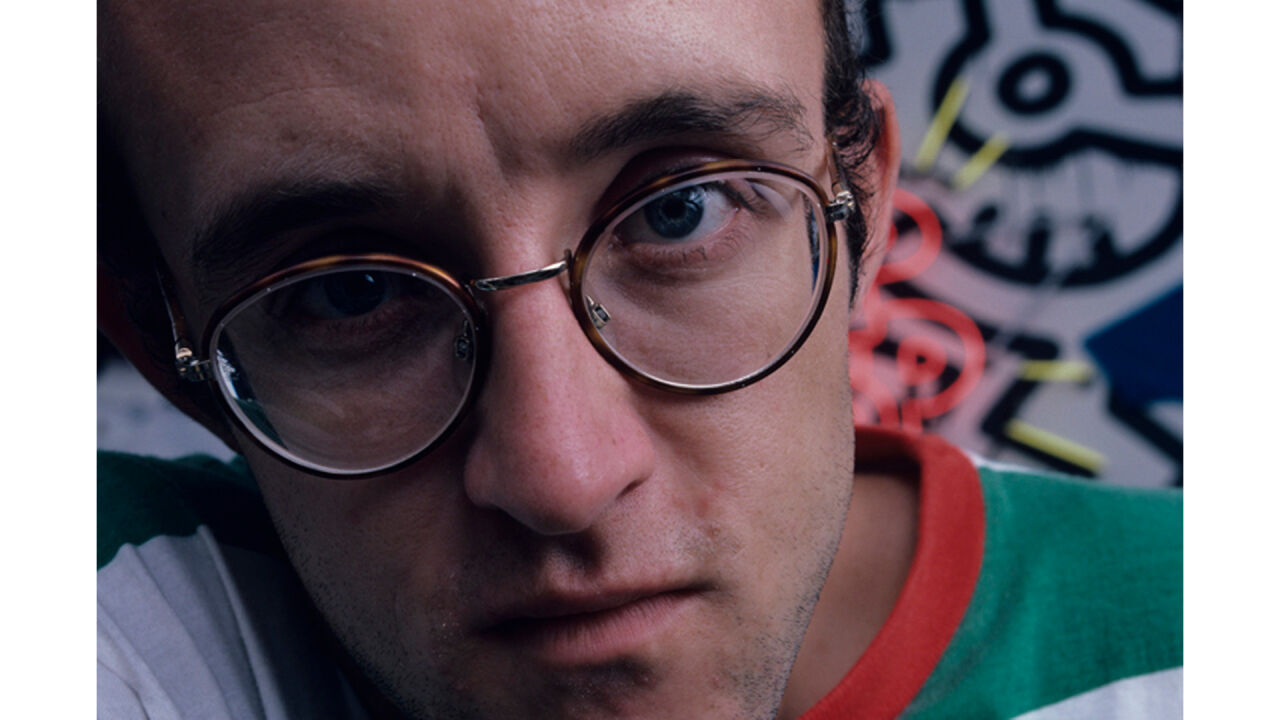Pop Masters: Art from the Mugrabi Collection, New York invites you into the world of iconic artists Andy Warhol, Keith Haring, and Jean-Michel Basquiat. Together with those they inspired, they transform the everyday into the extraordinary.
Before you see an incredible collection of works up close, read up on Keith Haring with five facts you mightn’t know.
1. Haring was arrested countless times and faced jail time.
Haring was frequently arrested and fined for vandalism and defacing public property throughout his career. He was often caught doing chalk drawings on blank advertising space in the New York subway, which he completed hundreds of in the early 80s. On one occasion, after completing his iconic Crack is Wack mural, he faced a year in jail. The work was an overnight sensation and after stories in the media, the city came to his defence. He was only fined $100.
2. The Keith Haring Foundation was founded in 1989.
Haring was diagnosed with AIDS in 1988. The next year, he established the Keith Haring Foundation. The foundation continues to provide support and funding to AIDS research and charities. In the later years of his life, Haring spoke of his own illness to generate awareness. In 1990, Haring died of AIDS-related complications at the age of 31.
3. Haring had his own Pop Shop.
Opened in 1986, Haring’s Pop Shop sold merchandise, including t-shirts, posters, and toys, all with images of his work. Haring said that as his work become more popular and expensive, his work became inaccessible to many. The Pop Shop was his idea to bring his art to the masses and make it accessible at a low cost. The New York store closed in 2005.
4. He painted the Berlin Wall.
Haring created significant works throughout the United States, Europe, the UK, South America, and Japan. In 1986 Haring was invited to paint a section of the Berlin Wall. Spanning 300m, he painted a figurative mural using the colours of the German flag. The figures linked at their hands and feet symbolised the hope for unity. A few years later, the work was destroyed when the wall was demolished.
5. Haring was inspired by childlike creativity.
While the messaging in his work was political and often commented on adult themes, Haring loved working with children and was inspired by their creativity and humour. Haring was involved with many children’s charities and painted murals at children’s hospitals to amuse sick kids. He frequently held drawing workshops in schools and art museums around the world.
Discover a story of Pop at Pop Masters: Art from the Mugrabi Collection, New York.
Image credit: Keith Haring… by Joe McNally
Subscribe now for Art in your inbox
News, special offers, events, competitions, and arts & culture updates on the Gold Coast. All the good stuff.










